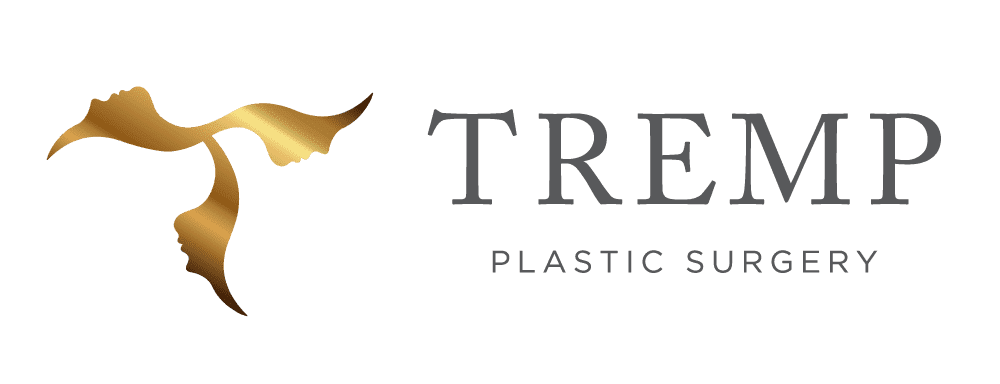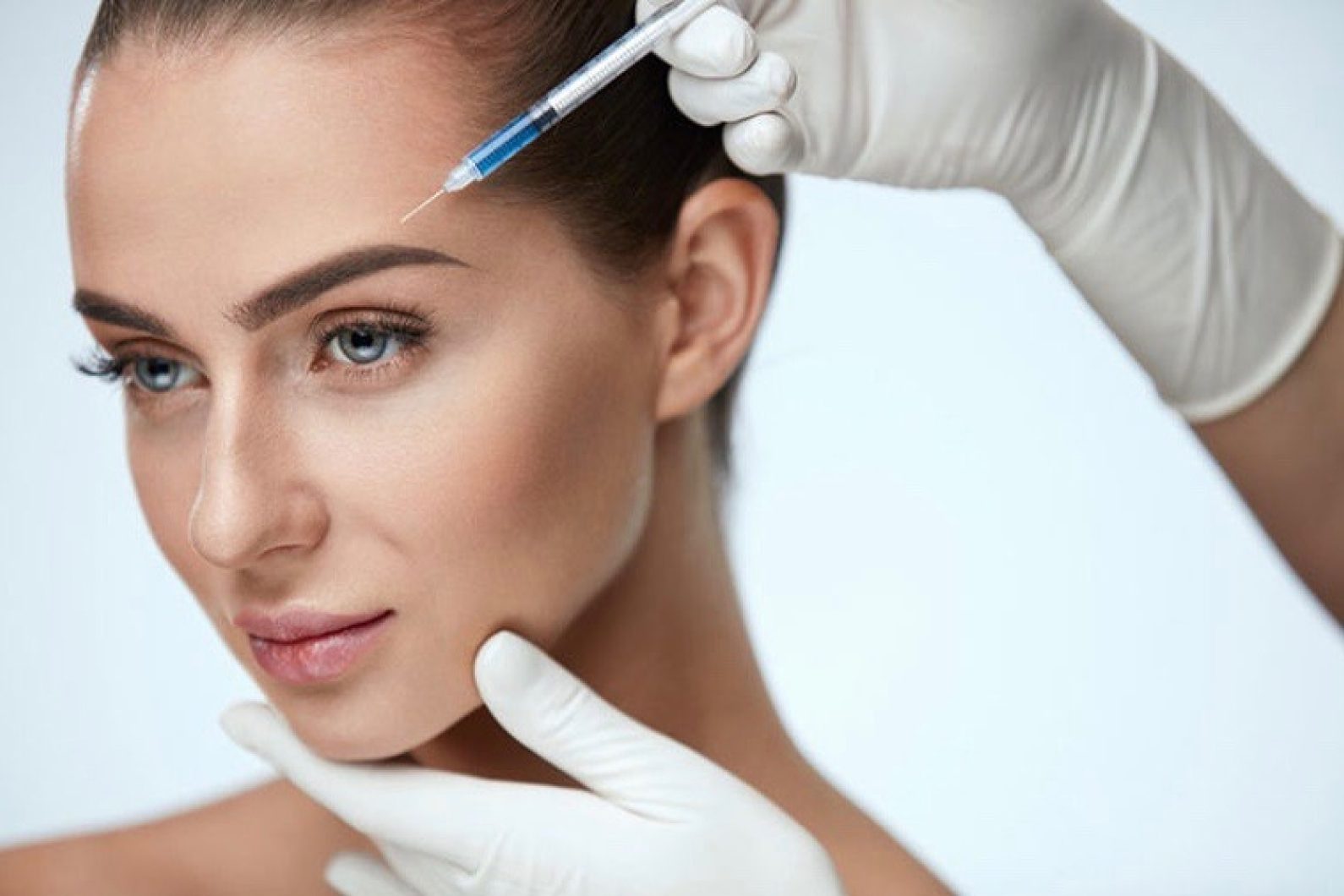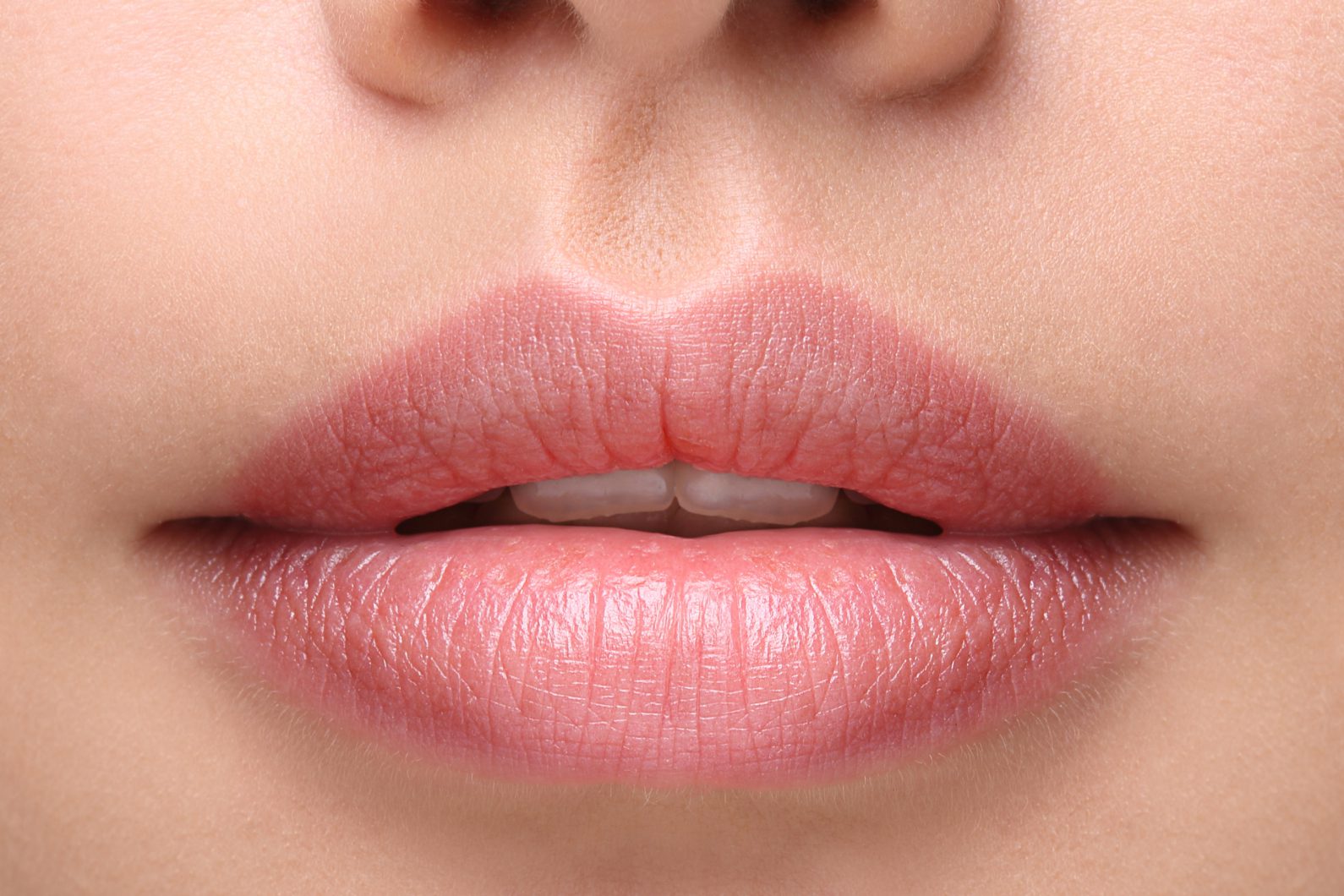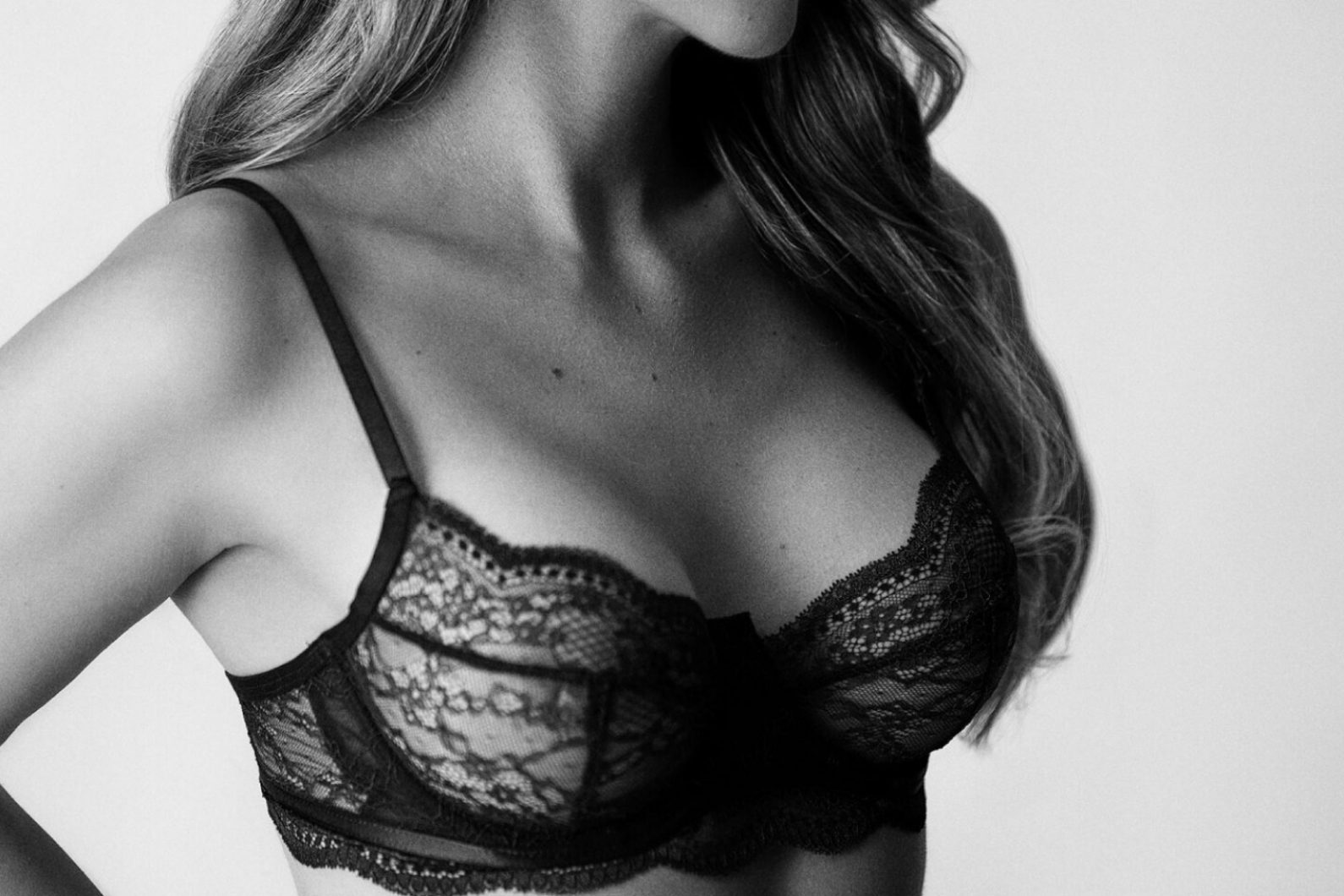- About
- Face & Skin
- Cellulite treatment
- Excessive sweating in women and men
- Facial and skin treatments
- Facial Surgery
- Hydrafacial treatment
- IV drips (vitamin infusions)
- Laser treatment
- Lip Lift
- Mesotherapy (skin structure )
- Special Offers by TREMP PLASTIC SURGERY
- Treatments with Skin Ceuticals
- Wrinkle and facial treatments with botulinum
- Wrinkle and facial treatments with filler
- Face
- Breast
- Body
- Offers
- Blog
- Contact
- EN
- DE
Healthy Skin and Natural
Treatments & Services
Facial plastic and aesthetic surgery involves the reconstruction and aesthetic surgery of all structures in the face. The facelift technique in particular is a surgery...
Although a natural face should look soft and full, many patients find their face too full or even chubby. In a bichectomy, the inner fat in the cheek area...
Basically, chin correction can be performed with specially developed fillers, autologous fat or with an individually shaped chin implant (silicone elastomer).
In addition to their function as an important sensory organ, the shape and position of the ears have an influence on the appearance. Highly protruding ears...
The face is expressive and conveys different moods and feelings through facial expressions. The alert-looking eyes and eyelids...
The face is the most important identifying feature of a person. The individual facial expression (forehead, nose, eyes and mouth) ...
The face is the most important identifying feature of a person. The individual facial expression, consisting of the forehead...
The traditional techniques of face lifting, which primarily involve removing skin, have a short duration of effect and poor wound healing...
Curved and full lips represent sensuality and femininity. However, not all women have this shape naturally. In addition, lips can become thinner and longer with age.
The lower eyelids are very important aesthetically. Accordingly, discolored eye bags, tear troughs or excess skin can give a tired impression.
In the case of larger tumours or those in anatomically delicate regions (e.g. in the eyelid, auricle, lips or nose area), excision of the tumour and direct closure of the skin...
The nose is not only an important sensory organ, but also a striking and central eye-catcher when communicating with other people. The nose is an expressive feature...
The eye area is an aesthetically important region. Accordingly, excess skin on the upper eyelids, also known as drooping eyelids...
Frequently Asked Questions
What Do You Recommend For Sensitive Skin?
For sensitive skin, it’s essential to choose products and routines that minimize irritation and support the skin’s barrier. Here are some recommendations:
Skincare Products:
1. Gentle Cleanser:
- Opt for a mild, non-foaming cleanser.
- Avoid sulfates and heavy fragrances.
Examples: Cetaphil Gentle Skin Cleanser, La Roche-Posay Toleriane Hydrating Gentle Cleanser.
2. Moisturizer:
- Look for hydrating, non-comedogenic formulas.
- Ingredients like ceramides, hyaluronic acid, and glycerin are beneficial.
Examples: CeraVe Moisturizing Cream, Aveeno Ultra-Calming Daily Moisturizer.
3. Sunscreen:
- Choose mineral sunscreens (zinc oxide or titanium dioxide) as they are less likely to irritate.
Examples: EltaMD UV Clear Broad-Spectrum SPF 46, Neutrogena Sheer Zinc Dry-Touch Sunscreen SPF 50.
4. Serums and Treatments:
- Use products with calming ingredients like niacinamide, aloe vera, or chamomile.
- Avoid potent actives like high concentrations of retinoids or acids unless specifically formulated for sensitive skin.
Examples: The Ordinary Niacinamide 10% + Zinc 1%, First Aid Beauty Ultra Repair Hydrating Serum.
5. Face Masks:
- Opt for hydrating and soothing masks.
- Avoid clay masks or those with strong exfoliants.
Examples: Avène Soothing Sheet Mask, Dr. Jart+ Cicapair Tiger Grass Sleepair Intensive Mask.
Skincare Routine Tips:
1. Patch Test New Products:
- Always test a new product on a small area of skin to check for reactions before applying it to your entire face.
2. Avoid Over-exfoliation:
- Limit physical exfoliants and strong chemical exfoliants.
- Gentle exfoliants like lactic acid or fruit enzymes can be used sparingly.
3. Minimalist Routine:
- Stick to a simple routine with a few essential products.
- Avoid layering too many products to reduce the risk of irritation.
4. Fragrance-Free:
- Choose fragrance-free or hypoallergenic products to minimize irritation.
5. Temperature Consideration:
- Use lukewarm water for cleansing instead of hot water.
- Protect skin from extreme weather conditions (cold, wind, sun).
Lifestyle Tips:
1. Diet and Hydration:
- Maintain a balanced diet rich in antioxidants and drink plenty of water to support skin health.
2. Stress Management:
- Practice stress-reducing techniques as stress can exacerbate skin sensitivity.
3. Proper Sleep:
- Ensure adequate sleep to help your skin recover and maintain its barrier function.
4. Avoid Irritants:
- Stay away from known irritants like alcohol-based products and harsh soaps.
- Be mindful of potential allergens in laundry detergents or fabric softeners.
Consultation:
Dermatologist Advice: If your sensitive skin frequently reacts or you have underlying conditions like rosacea or eczema, consult with a dermatologist for personalized advice.
By focusing on gentle, hydrating, and non-irritating products and maintaining a consistent, minimalist skincare routine, you can better manage and care for sensitive skin.
How Should I Test Your Products To Make Sure I Can Use Them?
Testing skincare products before full use is crucial, especially if you have sensitive skin. Here’s a step-by-step guide to effectively patch test products to minimize the risk of adverse reactions:
Patch Testing Steps:
1. Choose a Test Area:
- Select a small, discreet area of skin. Common sites include behind the ear or on the inner forearm.
- These areas are less visible if a reaction occurs and are somewhat representative of facial skin sensitivity.
2. Apply a Small Amount:
- Use a small amount of the product you want to test.
- Dab a little on the chosen test area and rub it in gently.
3. Wait for a Reaction:
- Leave the product on the skin for 24-48 hours without washing it off.
- Observe the area for any signs of redness, itching, swelling, or irritation.
4. Repeat if Necessary:
- For products you plan to use frequently (like cleansers, moisturizers, or serums), you might repeat the test over a few days to be extra cautious.
- If the product is left on the skin (e.g., moisturizer or serum), continue to monitor for delayed reactions.
5. Check for Immediate and Delayed Reactions:
- Some reactions are immediate, while others can take up to 72 hours to appear.
- Pay attention to any delayed reactions like redness, bumps, or itching.
6. Evaluate Results:
- If no irritation occurs during the testing period, it’s generally safe to proceed with using the product on your face.
- If any irritation or adverse reaction occurs, avoid using the product and rinse off immediately if necessary.
Specific Considerations for Different Product Types:
- Cleansers: Apply a small amount to the patch test area and wash it off after a few minutes, as you would typically use a cleanser. Monitor the area for a few hours afterward.
- Leave-on Products (like moisturizers, serums, and sunscreens): Apply the product as described above and leave it on the skin for the duration of the test.
- Exfoliants and Treatments: Since these products can be more potent, apply a very small amount and consider extending the testing period.
General Tips for Testing:
1. Read the Ingredients:
- Review the ingredient list for known irritants or allergens.
- Be aware of common irritants like alcohol, fragrances, or certain preservatives.
2. Introduce One Product at a Time:
- If you’re starting a new skincare routine, introduce one product at a time.
- This approach helps identify which product might be causing a reaction.
3. Avoid Compromised Skin:
- Don’t test new products on areas with active irritation, cuts, or eczema flare-ups, as these are more prone to adverse reactions.
4. Be Extra Cautious with Strong Actives:
- Products containing retinoids, strong acids, or potent actives should be tested very cautiously.
- Consider starting with a diluted version or using them less frequently.
5. Consult a Dermatologist:
- If you have a history of severe reactions or skin conditions, consult a dermatologist before introducing new products.
What to Do in Case of a Reaction:
- Stop Using the Product: Immediately discontinue use if you notice any signs of irritation.
- Rinse the Area: Gently wash the affected area with water to remove any residue.
- Apply a Soothing Product: Use a mild moisturizer or a soothing product containing ingredients like aloe vera or calendula.
- Seek Medical Advice: If you experience severe or persistent reactions, contact a healthcare professional.
By carefully patch testing and observing your skin’s response, you can safely integrate new products into your routine and minimize the risk of irritation.
Can I Use Your Products On My Infant Or Child?
Using skincare products on infants and children requires extra caution due to their delicate and more sensitive skin. Here’s a guide to help you determine which products are suitable and how to use them safely:
General Considerations for Infant and Child Skincare:
1. Choose Products Specifically Formulated for Babies or Children:
- Look for products labeled as safe for babies or children, as these are designed to be gentle and free from harsh chemicals.
Examples: Baby shampoos, gentle cleansers, and moisturizers like Aveeno Baby, Aquaphor Baby, or Cetaphil Baby.
2. Avoid Adult Skincare Products:
- Many adult skincare products contain ingredients that might be too harsh for a child’s skin, such as strong acids, retinoids, or heavy fragrances.
- Stick to products with simple and minimal ingredient lists.
3. Patch Test First:
- Just like with adults, patch test any new product on a small area of your child’s skin to check for adverse reactions.
- Test on the inside of the elbow or behind the ear and monitor for 24-48 hours.
4. Focus on Basic Skincare Needs:
- Infants and young children usually only need basic skincare: gentle cleansing, moisturizing, and sun protection.
- Avoid unnecessary products like exfoliants or potent treatments.
5. Fragrance-Free and Hypoallergenic:
- Choose products that are fragrance-free and labeled hypoallergenic to reduce the risk of irritation and allergies.
Specific Product Recommendations:
1. Cleansers:
- Use mild, soap-free cleansers or baby-specific washes.
Examples: Johnson’s Baby Wash, Dove Baby Wash.
2. Moisturizers:
- Opt for gentle, non-irritating moisturizers to protect their skin barrier.
Examples: Eucerin Baby Eczema Relief, Aveeno Baby Daily Moisture Lotion.
3. Sunscreen:
- For infants under 6 months, avoid direct sun exposure and use protective clothing and hats instead.
- For older infants and children, use mineral-based sunscreens with zinc oxide or titanium dioxide.
Examples: Thinkbaby Safe Sunscreen, Blue Lizard Australian Baby Sunscreen.
4. Diaper Rash Creams:
- Use zinc oxide-based creams for treating and preventing diaper rash.
Examples: Desitin Rapid Relief, Boudreaux’s Butt Paste.
5. Bathing:
- Keep baths short and use lukewarm water.
- Avoid bubble baths or products with dyes and fragrances.
Safe Practices:
1. Use Minimal Products:
- Infants and young children generally need fewer products. Focus on keeping their skin clean and hydrated.
- Overusing products can disrupt their natural skin barrier.
2. Monitor for Reactions:
- Even baby-specific products can sometimes cause reactions. Always monitor your child’s skin for any signs of irritation.
3. Consult a Pediatrician:
- Before using any new product, especially if your child has a skin condition like eczema, consult with a pediatrician.
4. Avoid Strong Actives:
- Steer clear of products with retinoids, high concentrations of acids, or strong preservatives, as they are not suitable for young skin.
Special Considerations:
1. Eczema or Sensitive Skin:
- Use products specifically formulated for babies with eczema or sensitive skin, which are typically free from common irritants.
Examples: Vanicream Moisturizing Cream, Mustela Stelatopia Emollient Balm.
2. Sun Protection:
- Limit sun exposure and use protective clothing for infants under 6 months. For older children, apply sunscreen generously and reapply frequently.
3. Scalp Care:
- For cradle cap, use gentle baby shampoos and soft brushes to manage flaking.
By following these guidelines and opting for gentle, child-specific products, you can effectively care for your infant’s or child’s skin while minimizing the risk of irritation or adverse reactions.
When Will I See Results?
The timeline for seeing results after plastic surgery varies depending on the type of procedure, the individual’s healing process, and adherence to post-operative care. Here’s a general guide to what you can expect for different types of plastic surgery:
General Healing Timeline:
1. Initial Recovery Phase (1-2 Weeks)
- Swelling and Bruising: Most noticeable in the first few days and weeks. It gradually decreases but can persist in a milder form for several weeks.
- Discomfort and Pain: Common in the first week but typically manageable with prescribed medications.
- Stitches and Dressings: Stitches may be removed within the first week to 10 days, and dressings are often changed or removed during this period.
2. Subacute Recovery Phase (2-6 Weeks)
- Improvement in Appearance: Bruising and swelling continue to subside, and initial results become more apparent.
- Activity Resumption: Light activities and work might resume, but heavy lifting and strenuous activities are usually still restricted.
- Scar Management: Scar care treatments, if advised, can begin around this time.
3. *Maturation Phase (2-6 Months)
- Refinement of Results: Most of the swelling resolves, and the surgical area begins to settle into its final shape.
- Texture and Sensation: Skin and tissues may continue to feel firmer or numb for several months as nerves regenerate and tissues soften.
- Scar Fading: Scars start to fade and blend more with the surrounding skin.
4. Final Results (6-12 Months)
- Final Outcome: The full results of the surgery are typically visible as tissues have settled completely, and residual swelling is gone.
- Scars: Continue to mature and improve in appearance, often becoming less noticeable over time.
Specific Procedures:
1. Facial Procedures:
- Facelift: Significant improvement is seen after 2-4 weeks, but final results can take 6-12 months.
- Rhinoplasty (Nose Job): Swelling decreases substantially within 3-4 weeks, but final shape refinement can take up to a year.
- Eyelid Surgery (Blepharoplasty): Swelling and bruising mostly resolve within 2-4 weeks, with final results in 3-6 months.
- Botox and Fillers: Results are often seen within days to weeks for Botox and immediately to a few weeks for fillers.
2. Breast Procedures:
- Breast Augmentation: Initial results appear after a few weeks as swelling reduces, but the final shape and position can take 3-6 months.
- Breast Lift or Reduction: Noticeable improvement in contour within a few weeks, with final results and scar maturation over 6-12 months.
3. Body Procedures:
- Liposuction: Swelling decreases significantly within 4-6 weeks, but the final contour is typically visible after 3-6 months.
- Tummy Tuck (Abdominoplasty): Initial results are seen in a few weeks, but full results, including scar fading, can take 6-12 months.
4. Non-Surgical Procedures:
- Laser Treatments: Redness and swelling subside within days to weeks, with gradual improvement in skin texture and tone over several months.
- Chemical Peels: Depending on the depth of the peel, healing ranges from a few days to weeks, with gradual skin improvement.
Factors Affecting Recovery and Results:
1. Individual Healing:
- Genetic factors, age, overall health, and skin type can influence how quickly and effectively you heal.
2. Surgical Technique:
- The complexity and extent of the surgery affect recovery time. Minimally invasive procedures generally have faster recoveries.
3. Post-Operative Care:
- Following your surgeon’s instructions for wound care, medication, and activity restrictions is crucial for optimal healing.
- Avoiding smoking, maintaining a healthy diet, and staying hydrated can enhance recovery.
4. Activity and Lifestyle:
- Gradually resuming physical activities as advised by your surgeon helps in maintaining results and avoiding complications.
5. Psychological Adjustment:
- It takes time to adjust to changes in appearance. Being patient and having realistic expectations are key to satisfaction with the results.
Always discuss with your plastic surgeon for a tailored recovery plan and timeline based on your specific procedure and individual health profile. Regular follow-ups are essential to monitor healing and address any concerns promptly.













